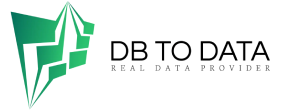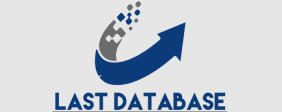For most people, Web3 is still a futuristic concept. However, the internet is always offering new advances ( such as hello, ChatGPT and artificial intelligence! ), and with each passing second we are closer to a well-defined and widely available Web3. So what exactly is Web3 marketing and how can you improve your current marketing situation? In this post, you will learn more about Web3 marketing .
What is Web3?
Web3 is the next stage of the World Wide Web, after Web 1.0 and Web 2.0. The internet allows access to Brazil Phone Number Data the World Wide Web , which is a network of interconnected documents.
The hallmark of Web 1.0 was the use of static sites and image-based content. It was in a “read-only” version, which means users couldn’t make changes to the content. In the era of personal web pages, only the webmaster of the site could make changes to the content.
Web 2.0 emerged in the early 2000s when social networking sites like Facebook and Twitter began to gain popularity; it allows users to create and edit website content, which means that creation is no longer restricted to people with knowledge of HTML and coding. Unlike Web 1.0, Web 2.0 offers a two-way exchange. With the liberation of publishing, Web 2.0 has facilitated the emergence of creators.
Web 1.0 spanned from the 1990s to the early 2000s. Web 2.0 has been around since the 1990s, and today the world is beginning to know Web3 as the latest and greatest iteration. Although Web3 is still uncharted territory, early adopters envision it as a more autonomous network that allows users to create applications that other users can take advantage of.
Because it is important?
With Web 2.0 businesses looking for customer data ( like emails or phone numbers ) also retained ownership because it was all on a single primary server. Now, Web3 seeks to change this paradigm by giving users, not businesses, control over their data and distributing its storage across multiple servers.
Users will be the ones who decide what happens with their data. They choose the platforms and methods of disclosure, and are able to control who can ( and who can’t ) communicate with them. As a result, marketers will have a larger audience to target, interact with, and make happy.
The rise of Web3 also ushers in a new era of collaborative promotion. As audience reach grows, marketers will need to spend more time and energy discovering what’s most important to their consumers and developing strategies to match it.
Digital marketing tactics such as content marketing and search engine optimization (SEO) are here to stay, and will need to Bold Data be integrated with new Web3 technologies such as tokens and NFTs. The user experience will also change dramatically, and this will challenge digital marketers in meeting changing customer expectations with the use of emerging technologies.







